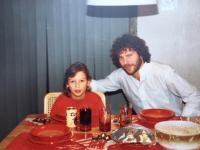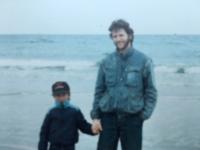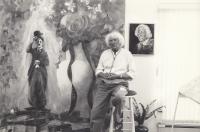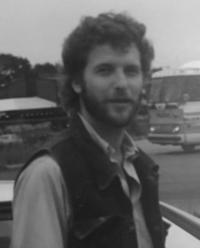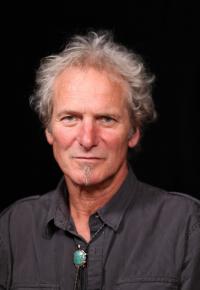I will never regret emigration; every person should use its abilities and pass its best on to the society

Stáhnout obrázek
Ivan Staněk was born on May 18, 1954 in Prague-Podolí, to an artistic family . His mother was a designer in the former company called Centrotex, and his father, Stanislav Staněk, was a painter. Ivan also wanted to pursue an artistic career, but the commission, which decided about the registration with the Czech Fine Arts Fund back then, did not allow him to have a freelancing career. And so the idea of emigration came to mind. Together with his wife and son, friends and their daughter left in a common car for a holiday to Yugoslavia in 1983. They only got the ´grey´ passes on their journey to travel in the socialist countries only. Passing through Slovakia and Hungary they arrived in the former Yugoslavia, from where they wanted to get to Austria. Twice the Mercedes 220 assisted them on their way to freedom; for the first time escaping from the Yugoslav police, and the second time it was a specially modified roof extension, where not only their money were hidden, but after a small adjustment it served as a ram to underrun or the barrier. At midnight, without lights turned on and in the fog, Ivan Stanek drove cautiously towards the border crossing. The plan was successful, the sparks were flying off, the toll-bar was bent, but the car remained intact. After crossing the border, the group asked for political asylum. From Austria they left for USA, where Ivan Staněk became a successful designer.
